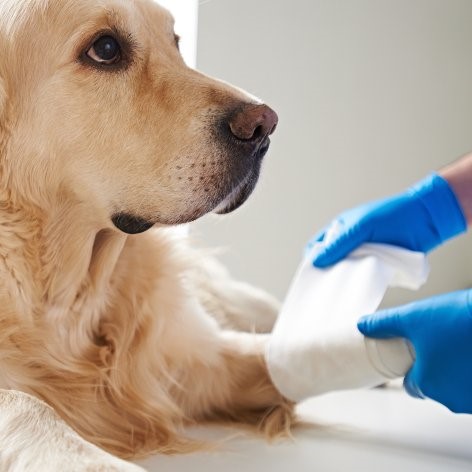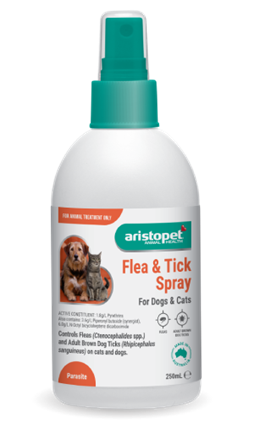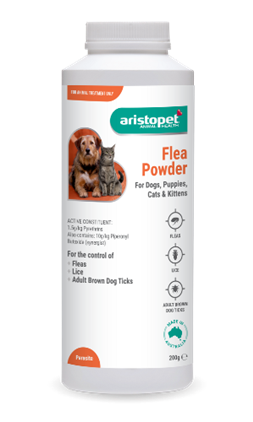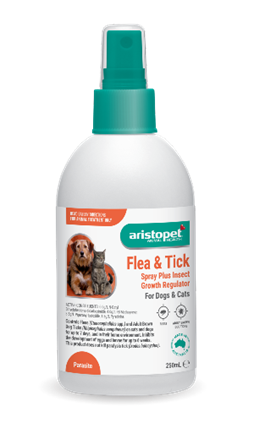Ear infections cause significant pain for dogs, and if not treated, can lead to chronic disease, inner ear damage and ultimately deafness.
Causes of ear infections in Dogs
Any change to the skin inside a dog's ears can lead to the development of an ear infection, as ears provide a warm, moist (and often hairy) environment for yeast and bacterial infections to thrive.
Ear infections are usually caused by a combination of factors, including:
1. Breed Attributes
Due to their ear shape, some breeds are more prone to ear infections. Narrow ear canals, large amounts of often curly hair inside ears and covered ear canals (long ears or ears which fold down) can all increase a dog's likelihood of ear infections.
Breeds such as Cocker Spaniels, Poodles (Cavoodles etc.), Golden Retrievers and Beagles are all prone to ear infections.
2. Skin Allergies
As a dog's skin continues down and inside their ears, anything which causes skin irritations can lead to ear infections. Irritated skin leads to inflammation, heat, and moisture – which are predisposing factors for ear infections.
3. Swimming and or Humidity
Water trapped inside a dog's ear can increase the humidity inside the ear, and also cause a dog to scratch or shake their ear excessively, both of which can lead to damage of the skin lining the ear canal, skin inflammation and weeping.
4. Parasites or Foreign Bodies
For example, ear mites or grass seeds. When inflamed by the presence of parasites or foreign material, the ear canal will thicken and produce extra wax, creating the perfect environment for bacteria or yeast to multiply, causing further inflammation and pain.
5. Bacteria and Yeast
Are the most common cause of dog ear infections. However, they usually start to multiply and grow after there has been some inflammation or irritation in a dog’s ear.
Signs of ear infections in dogs
1. Red skin around and inside the ears
2. Head shaking or excessive scratching/pawing at the ears, or a head tilt to one side
3. Pain and heat when ears are touched
4. Odour (usually yeasty) and or discharge (often brown and thick)
Treating dog ear infections:
When dealing with ear infections in your dogs, it's essential that you see your vet first.
1. Cleaning the Ears
Your vet will give your dog a detailed examination and discuss possible causes and treatment options with you. This will ensure you use the right treatment for your pet. Ear cleaners and other treatments are not safe unless the ear drum is intact, which your vet can check. This is the most common way that your vet an yourself can manage ear infections in dogs.
If it's safe to do so, your vet will usually clean the ears.
Ear cleaners can remove debris build-up and help ensure any medication gets down where it needs to. In predisposed dogs, ear cleaners are useful on an ongoing basis, even when the infection has cleared up. Your vet will let you know if it is appropriate for you to do this at home, and how to.
2. Treating the Infection
Once your vet has identified the yeast or bacterial growth involved, they will likely give you a treatment to administer at home in the form of medicated ear drops, such as ear canker drops, and possibly also anti-inflammatory medication.
3. Identifying Underlying Causes
So that you can reduce contributing factors to help stop any reoccurrence - swimming? Hairy ear canals? Ear mites? Skin or food allergies? Identifying the root cause of ear infections can go a long way to making sure they don't frequently reoccur.
5. Set up good habits
Daily check of your dog's ears, regular use of ear cleaners in predisposed breeds, increasing omega 3 content of diets - can all help you either spot signs of new infections early or can help reduce the occurrence and severity of symptoms.
Frustratingly ear infections in dogs often reoccur so stay in touch with your vet if issues continue.
However, a thorough investigation to identify the underlying causes and diligent home care can help reduce the ongoing pain for your dog and annoyance for owners, increasing the wellbeing of you both.








